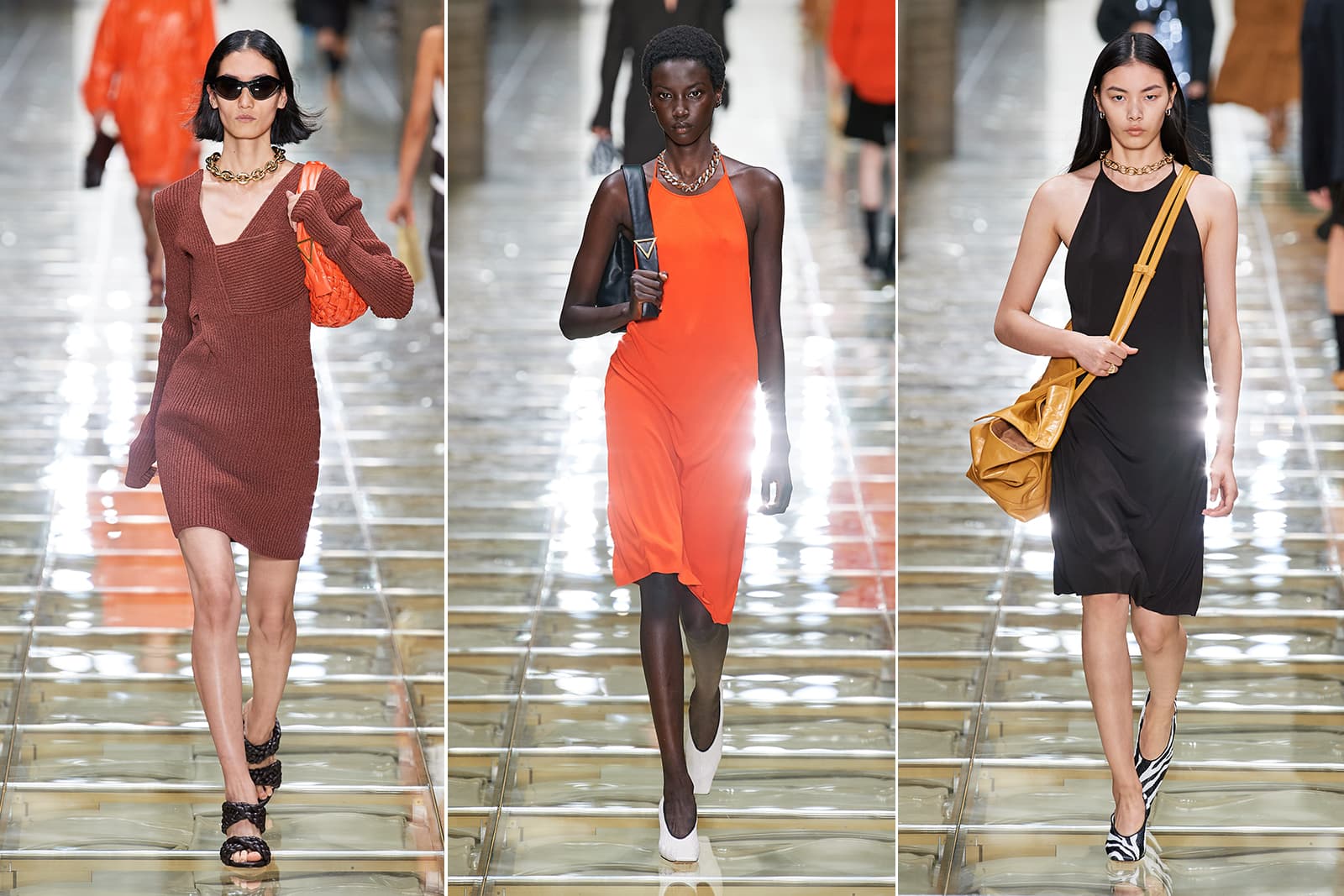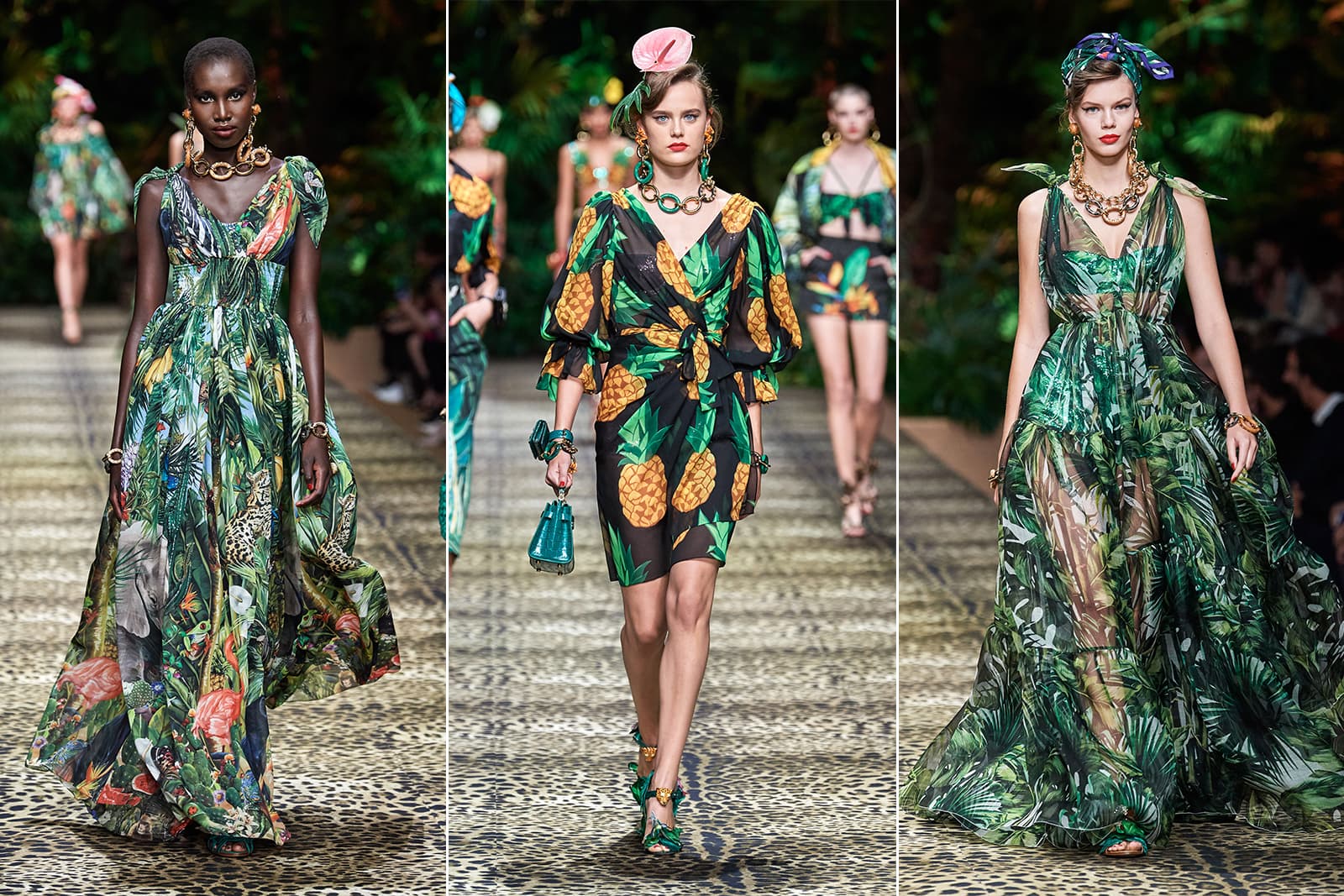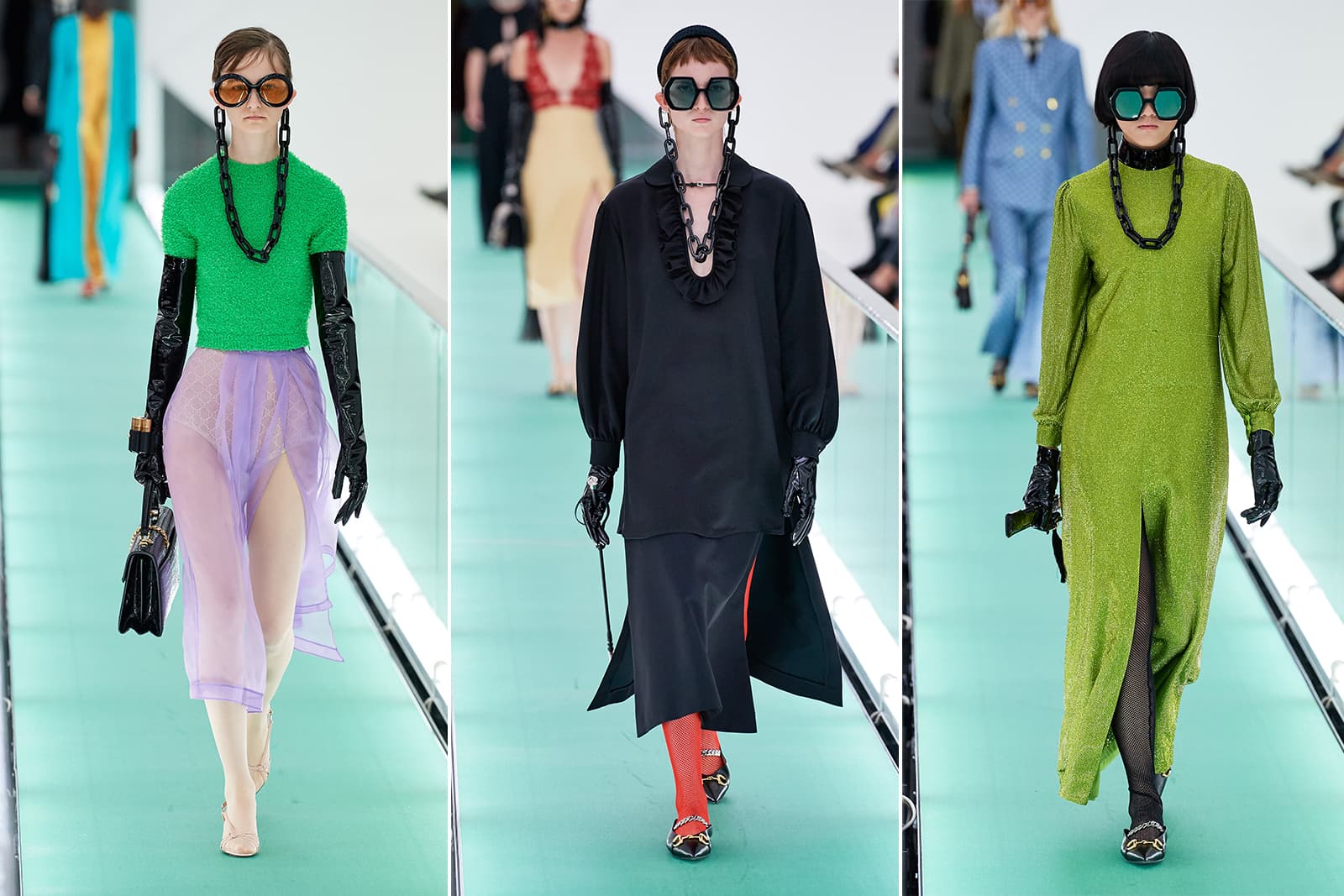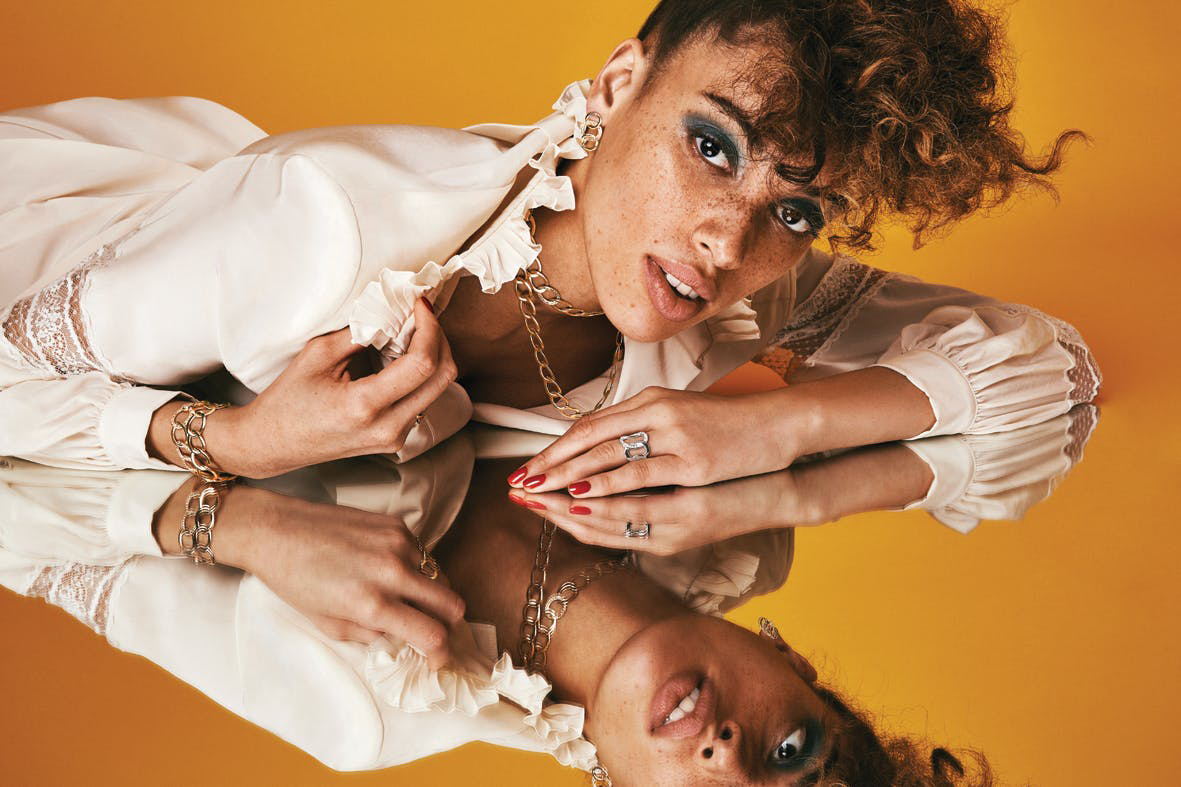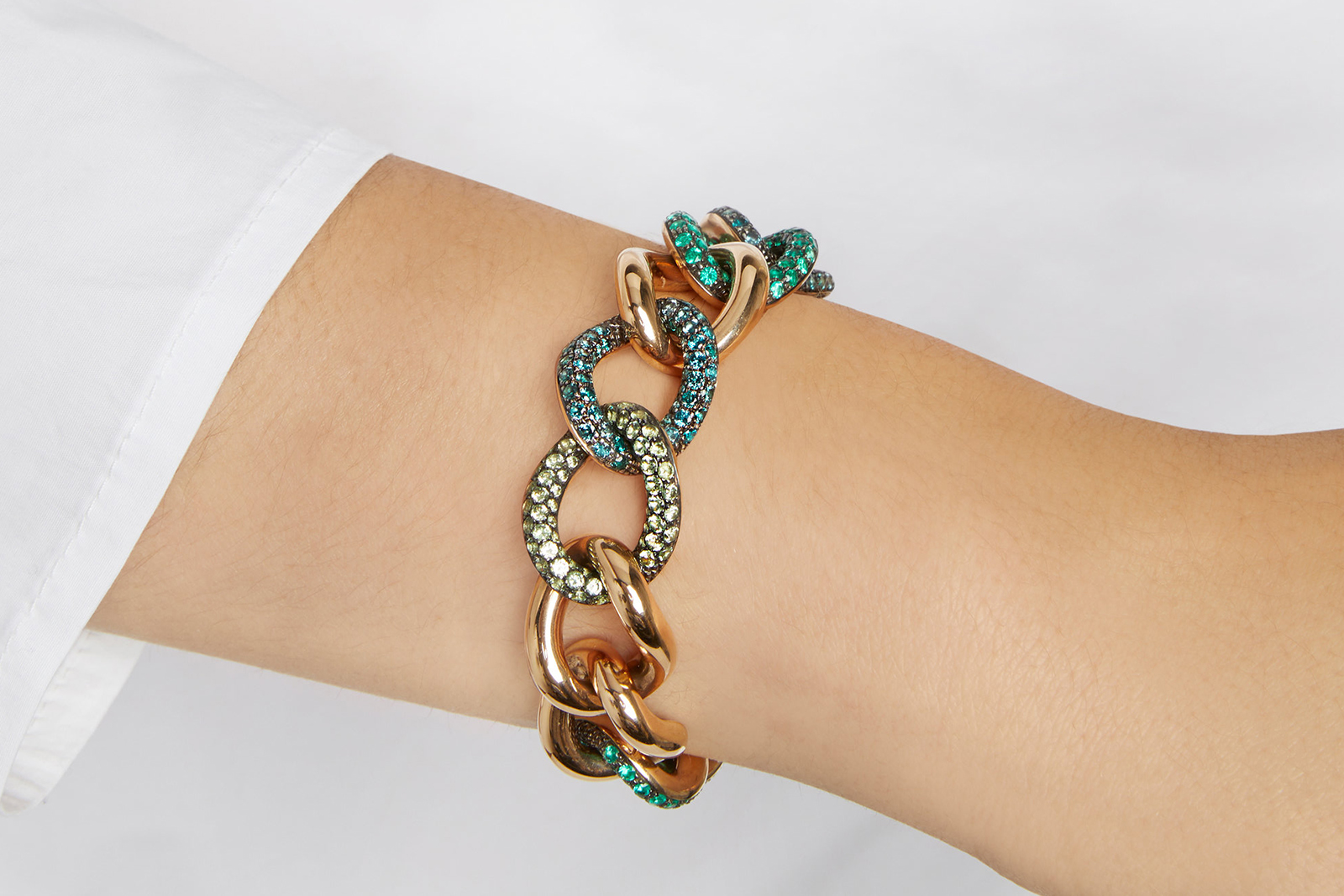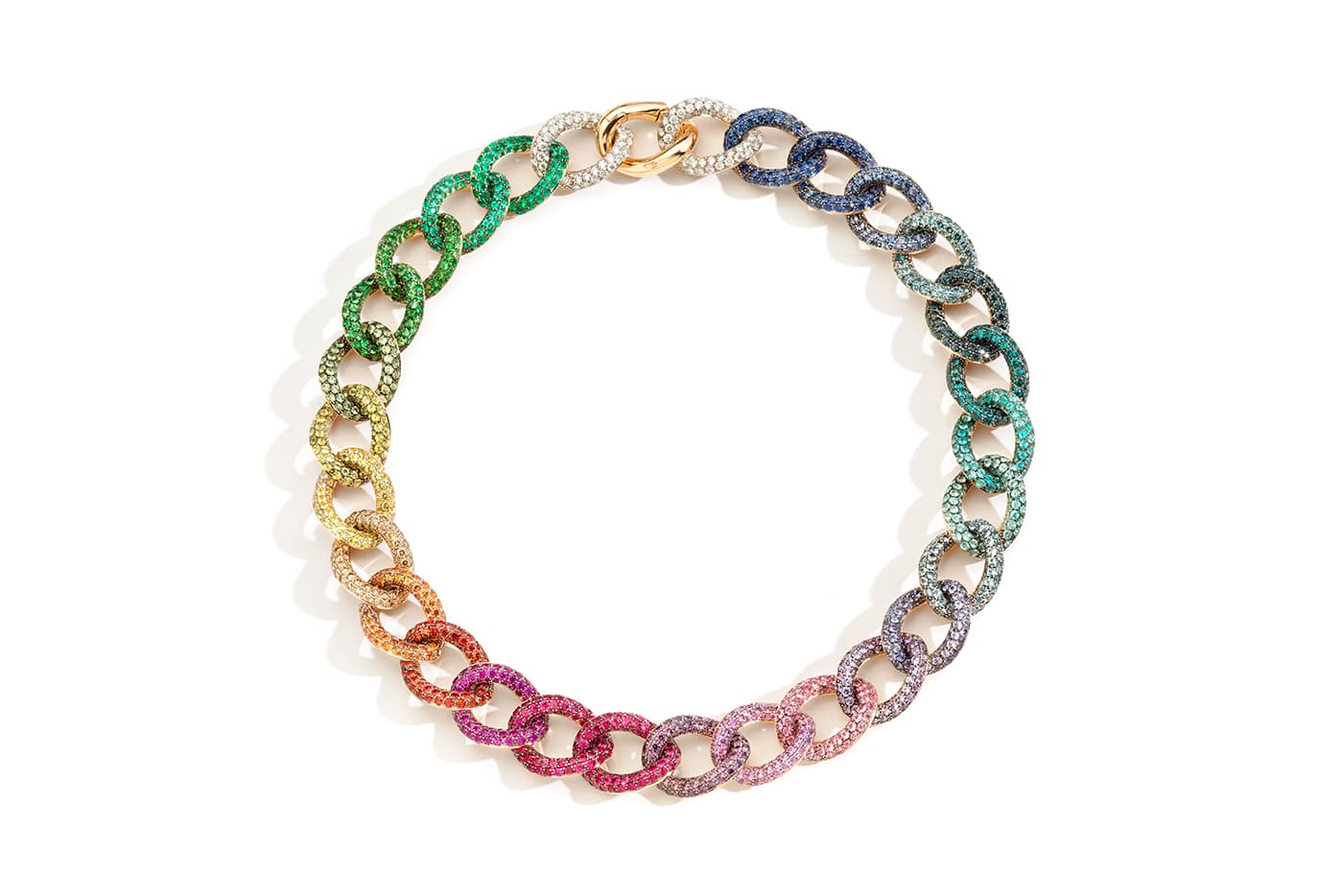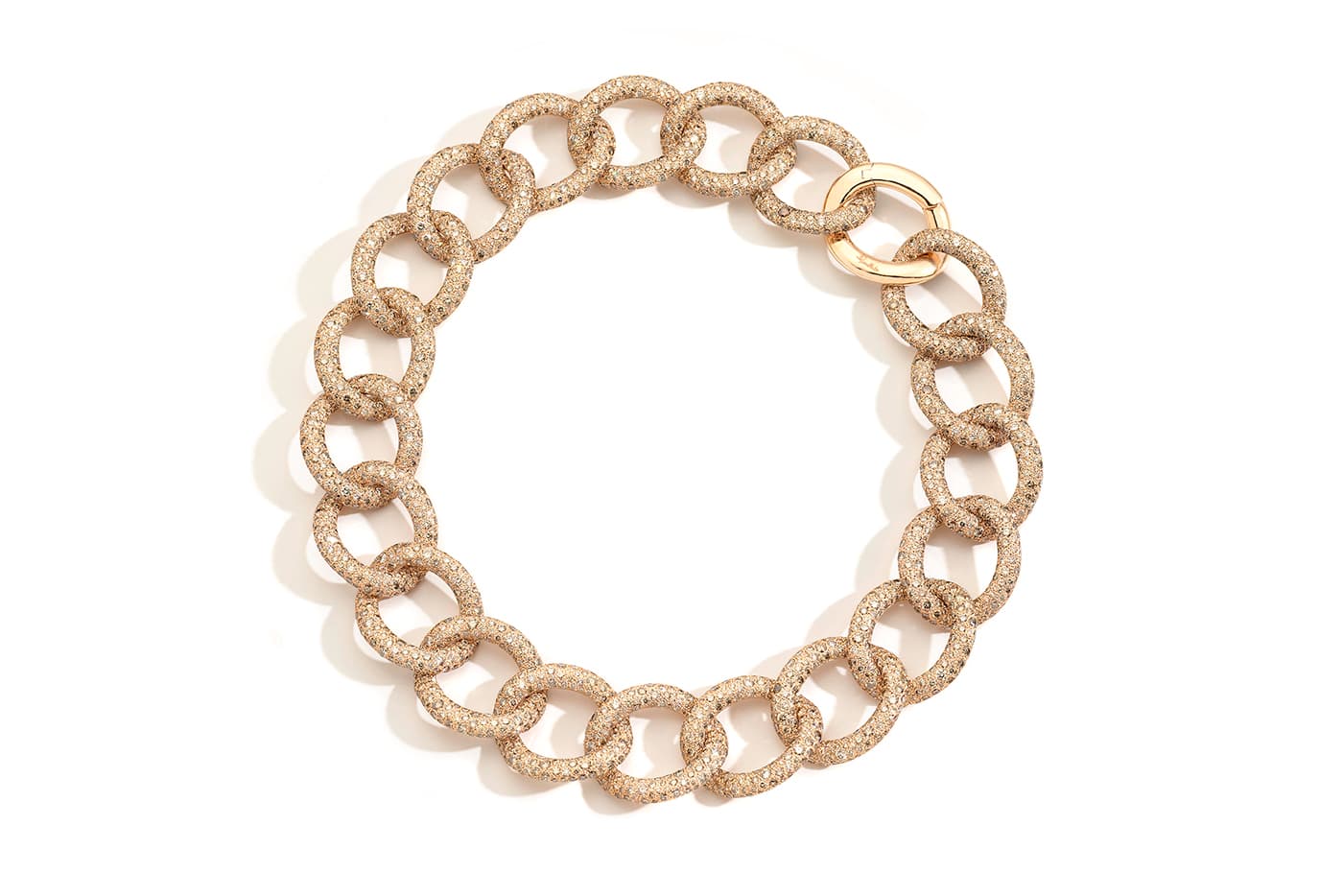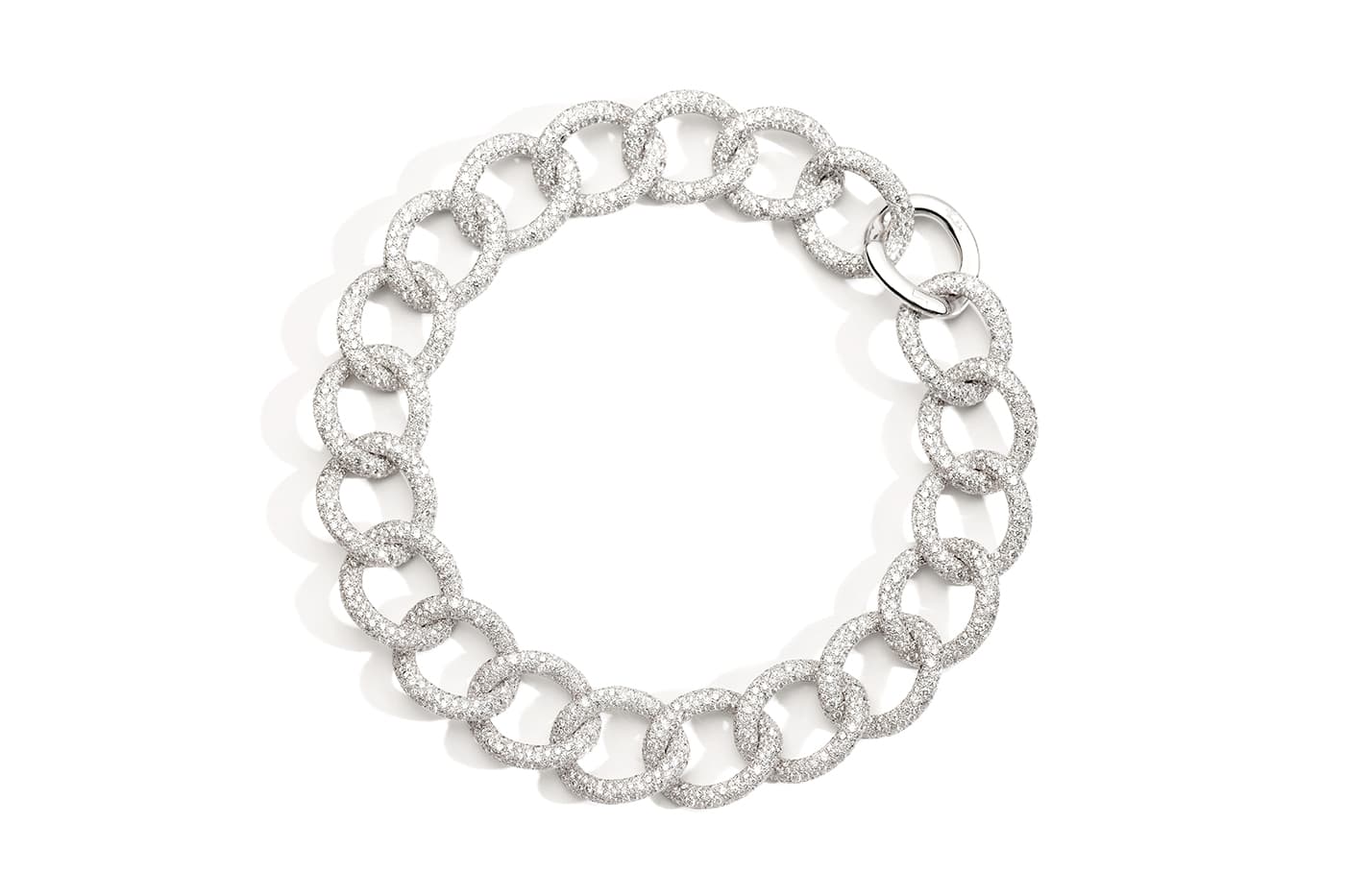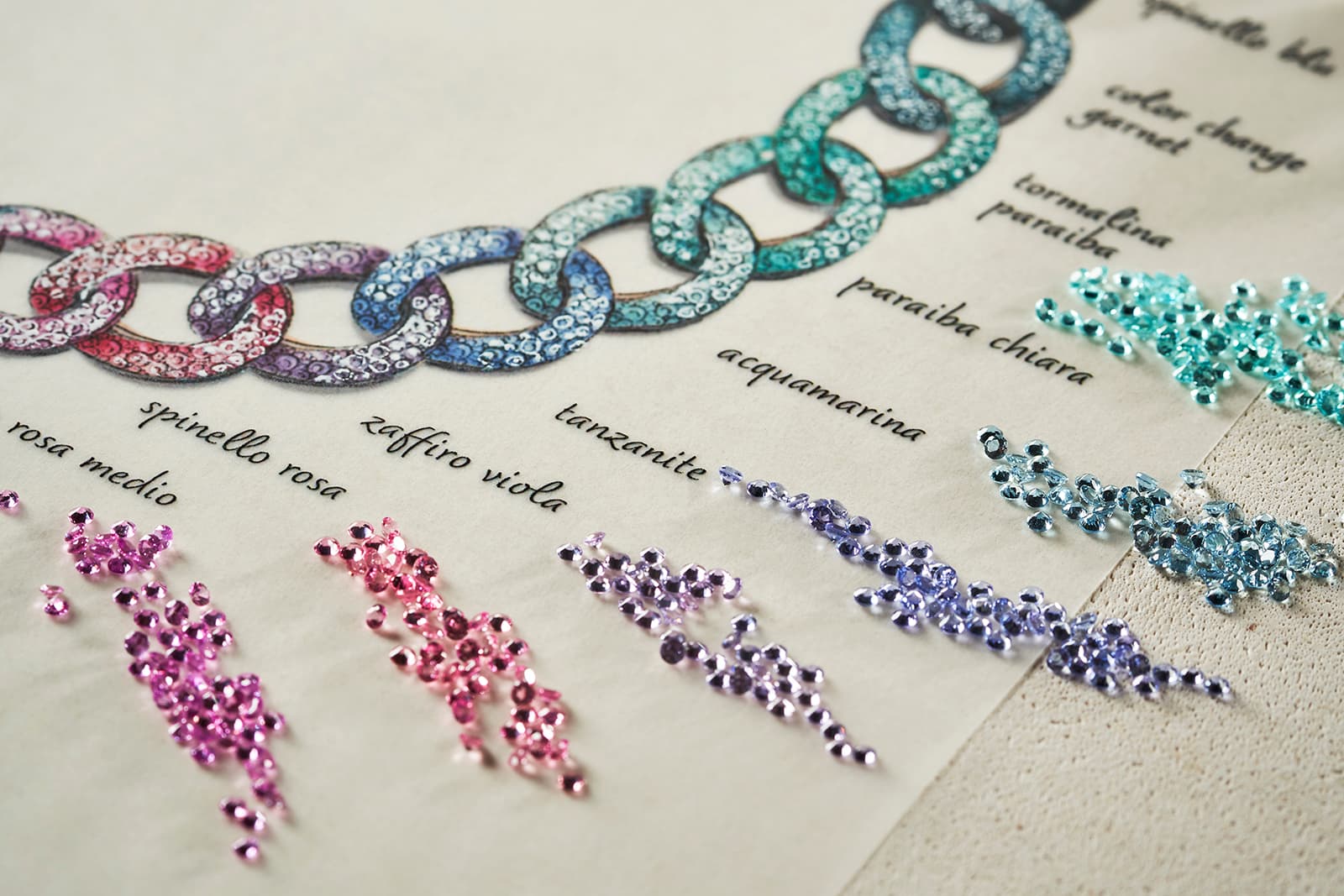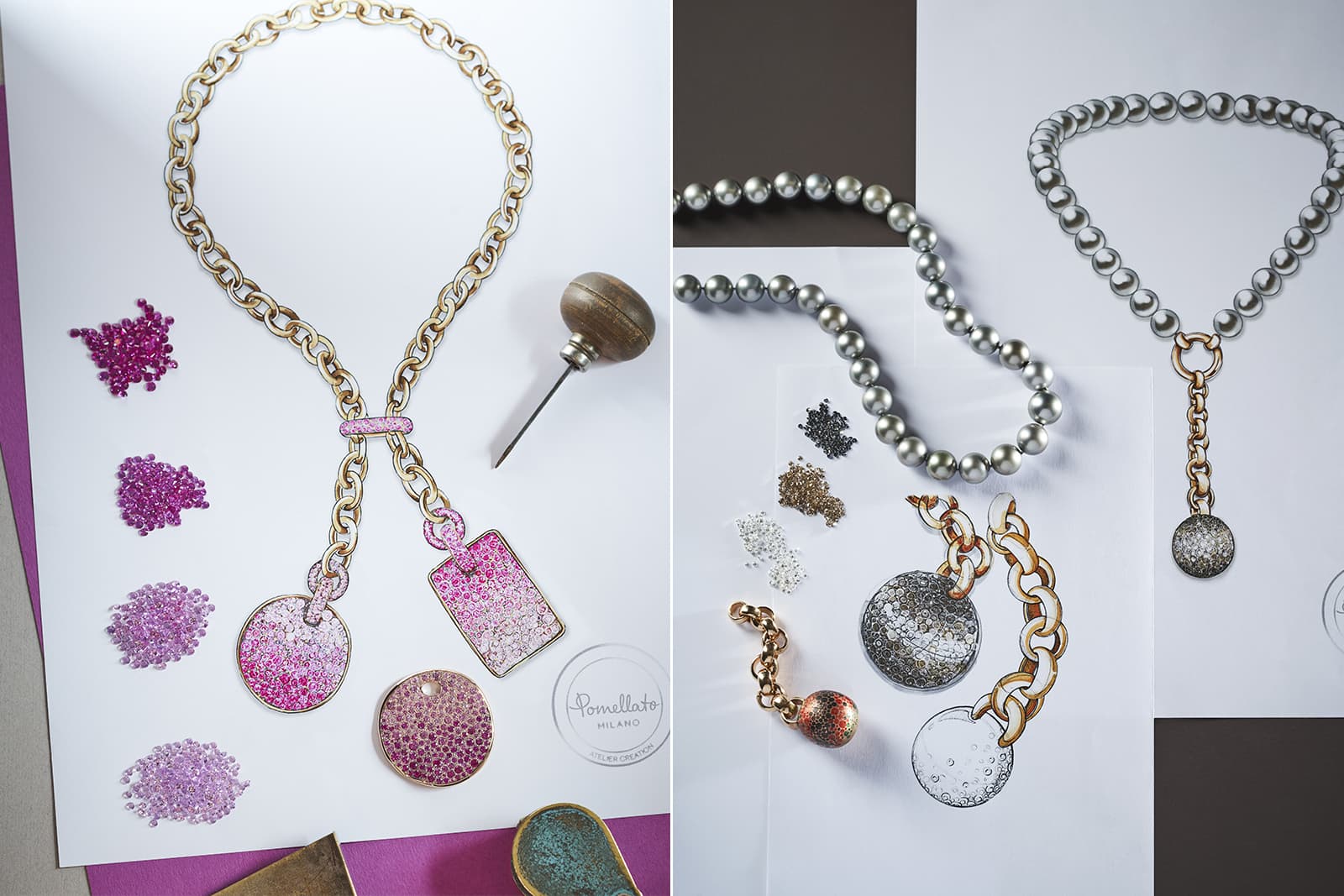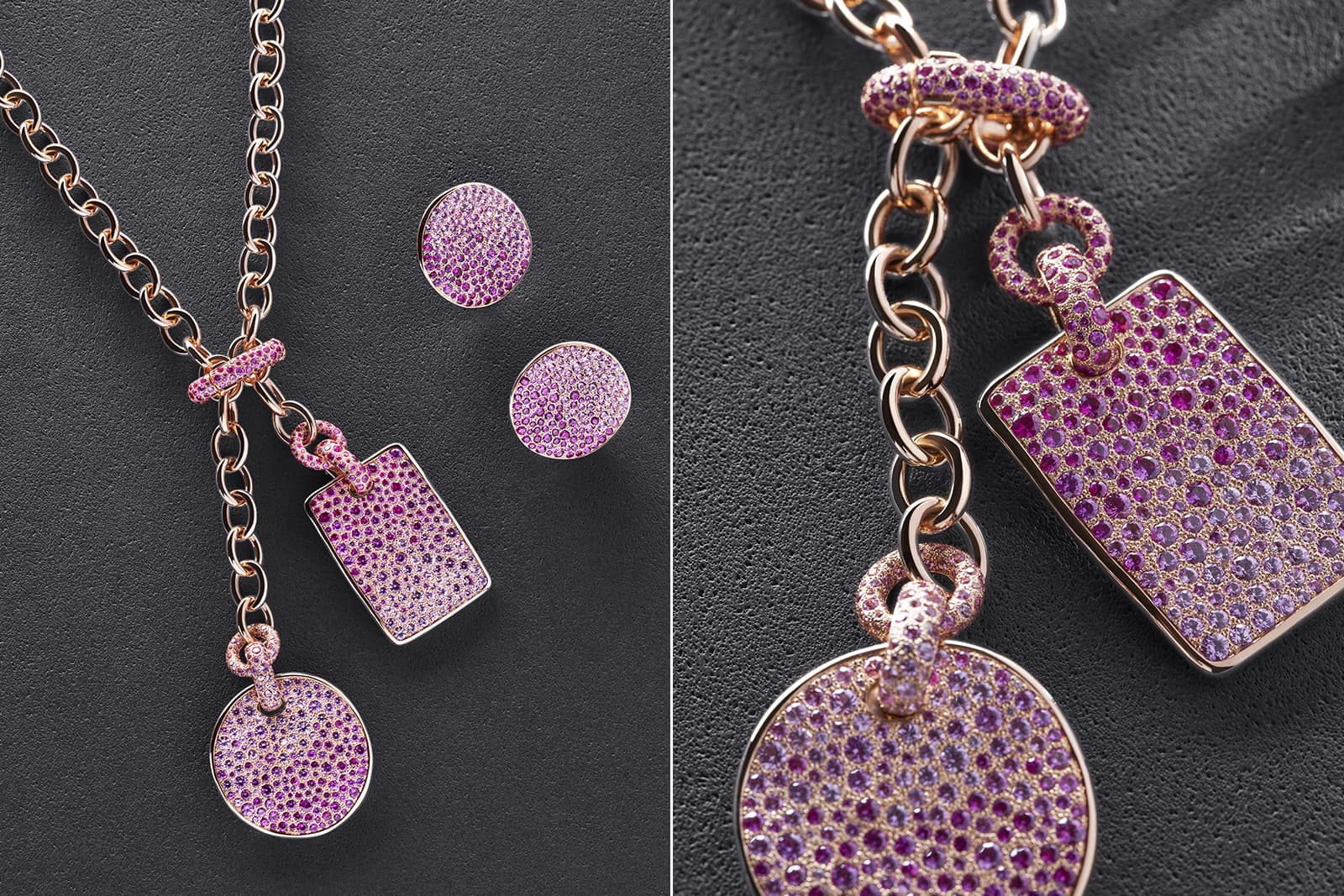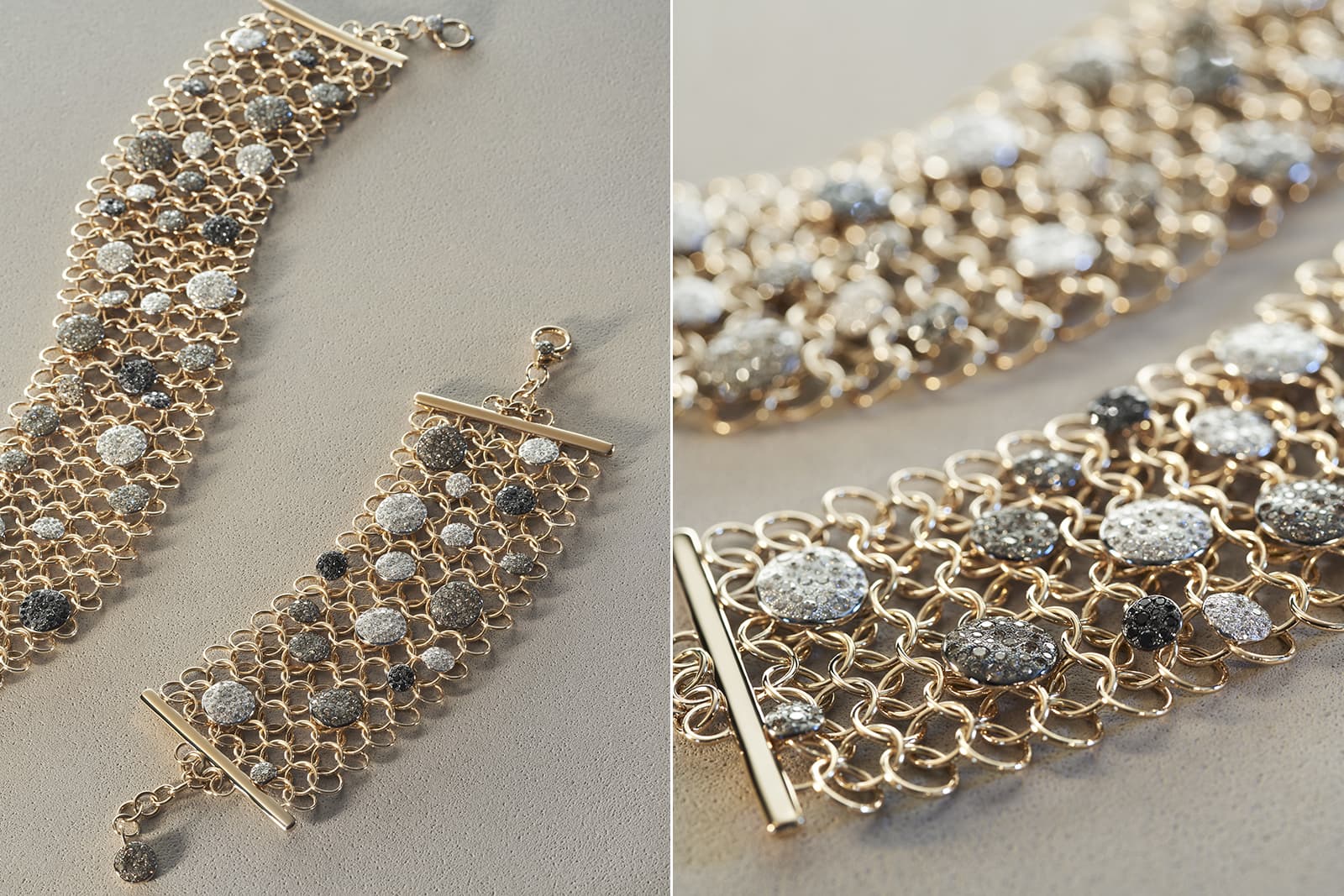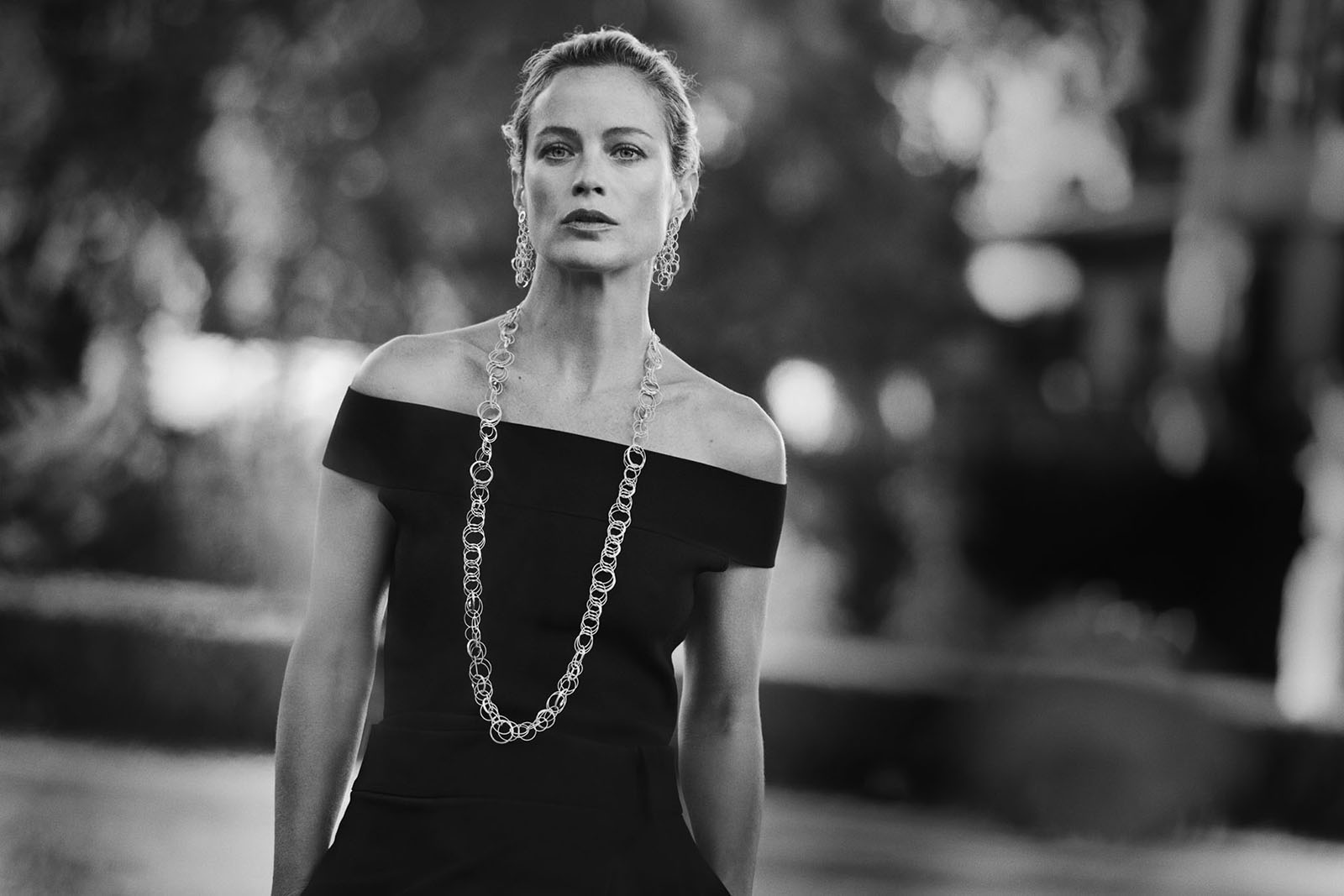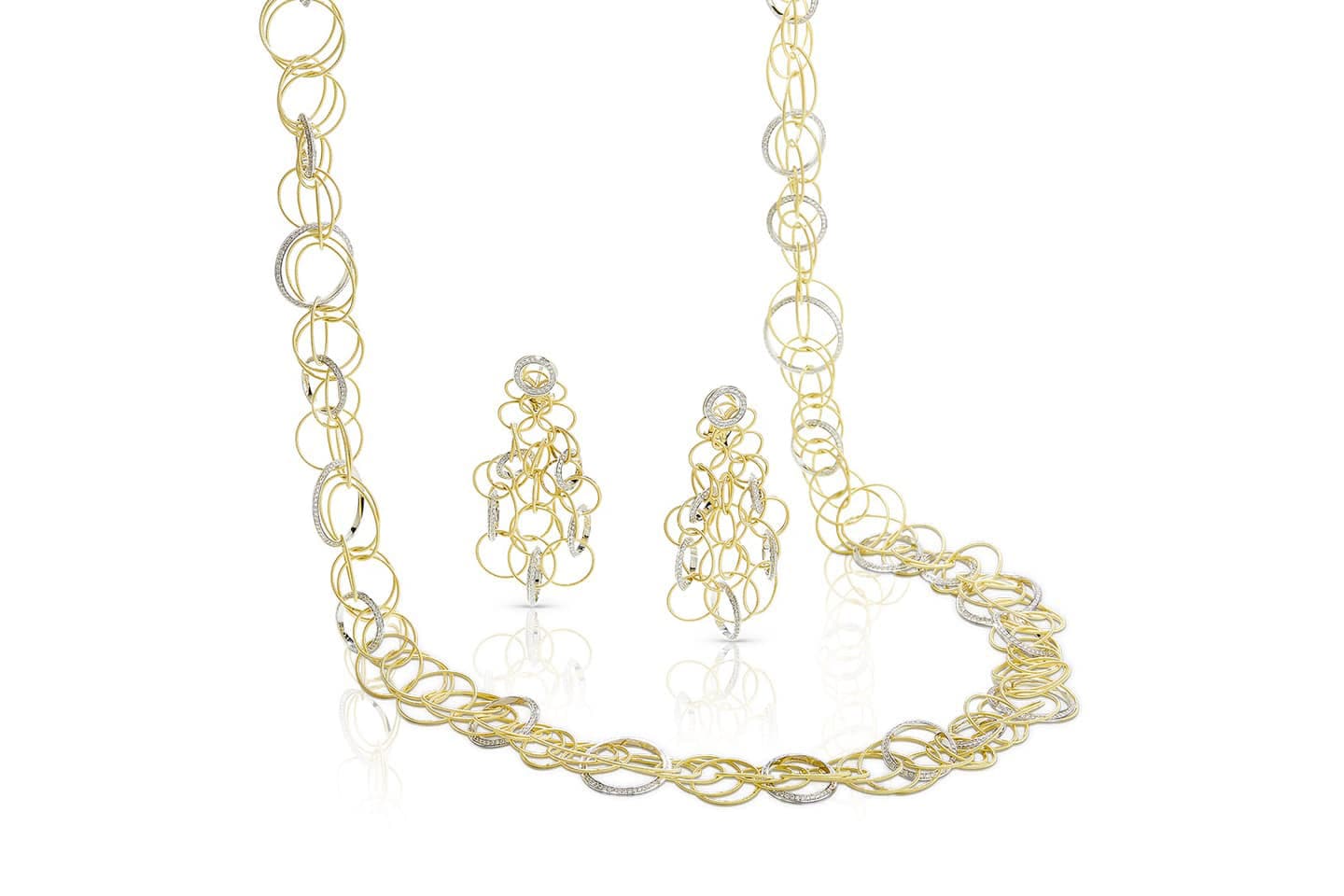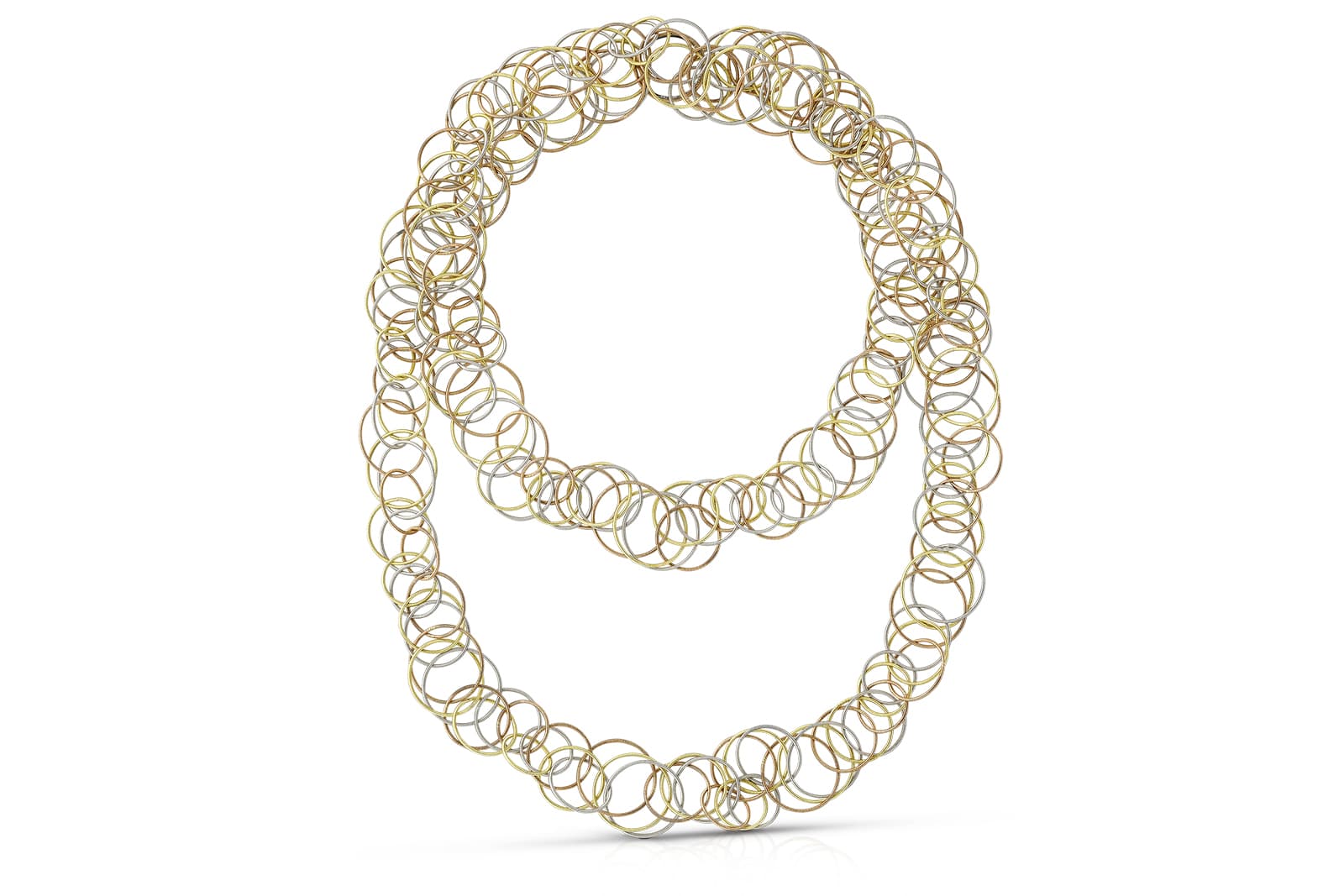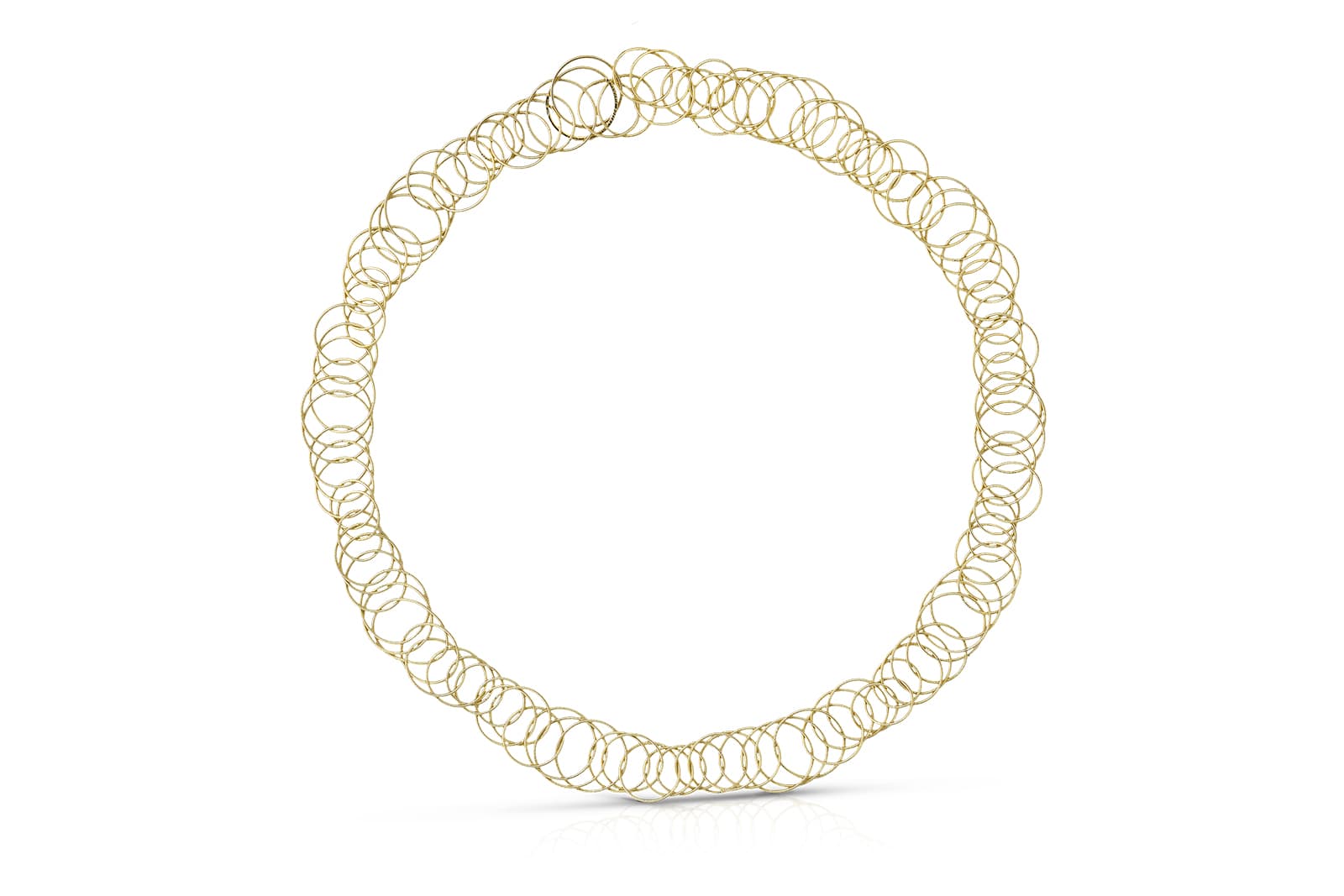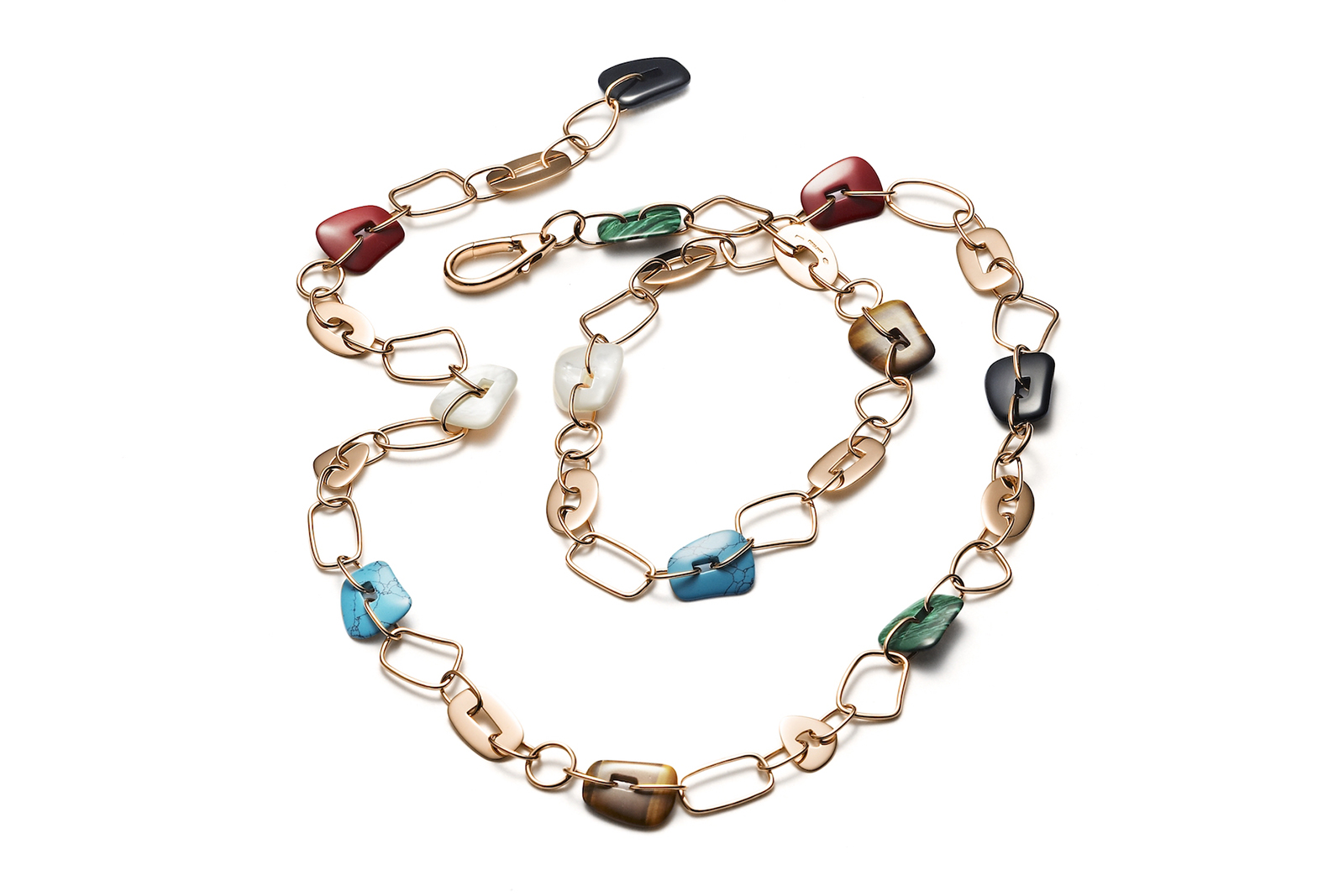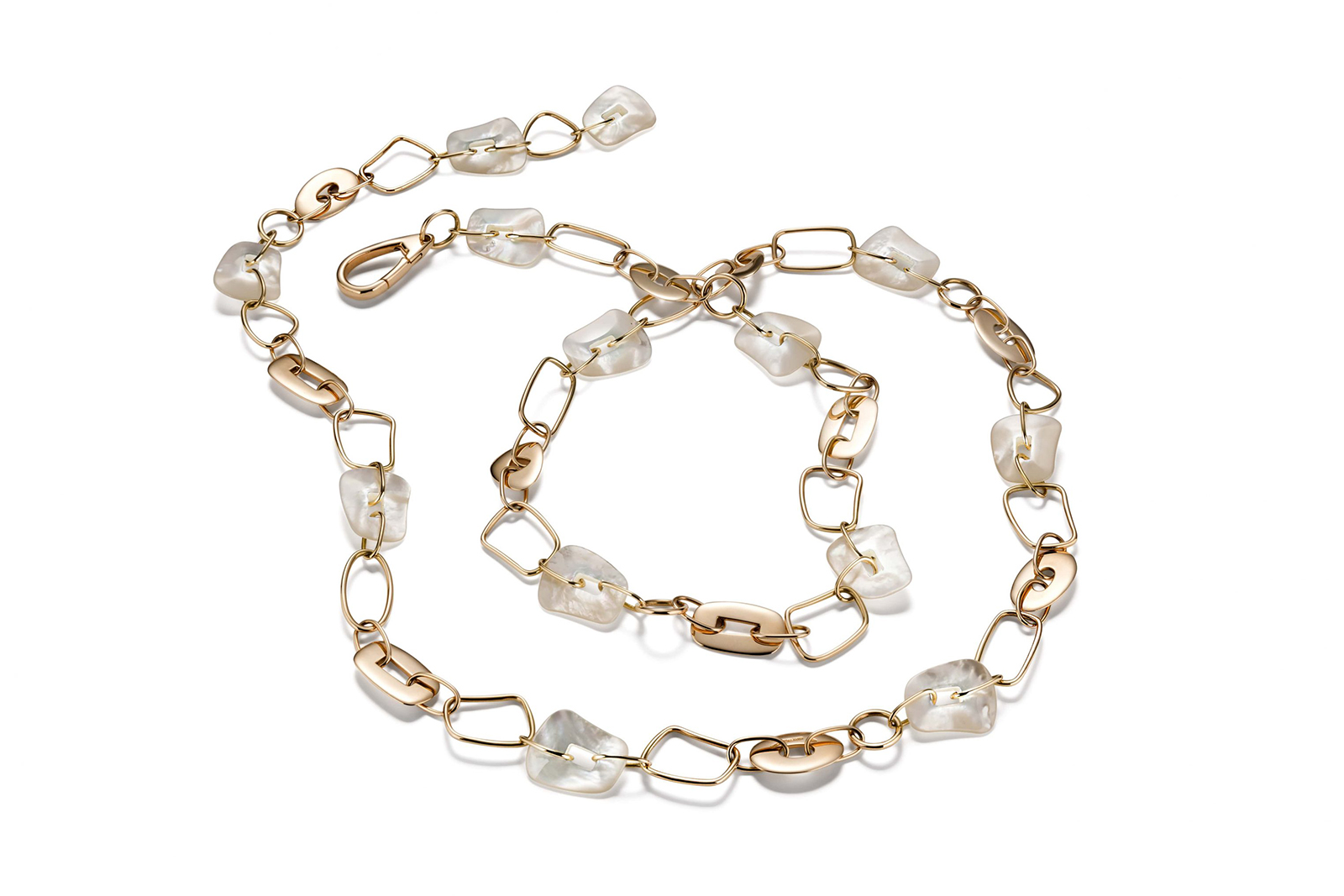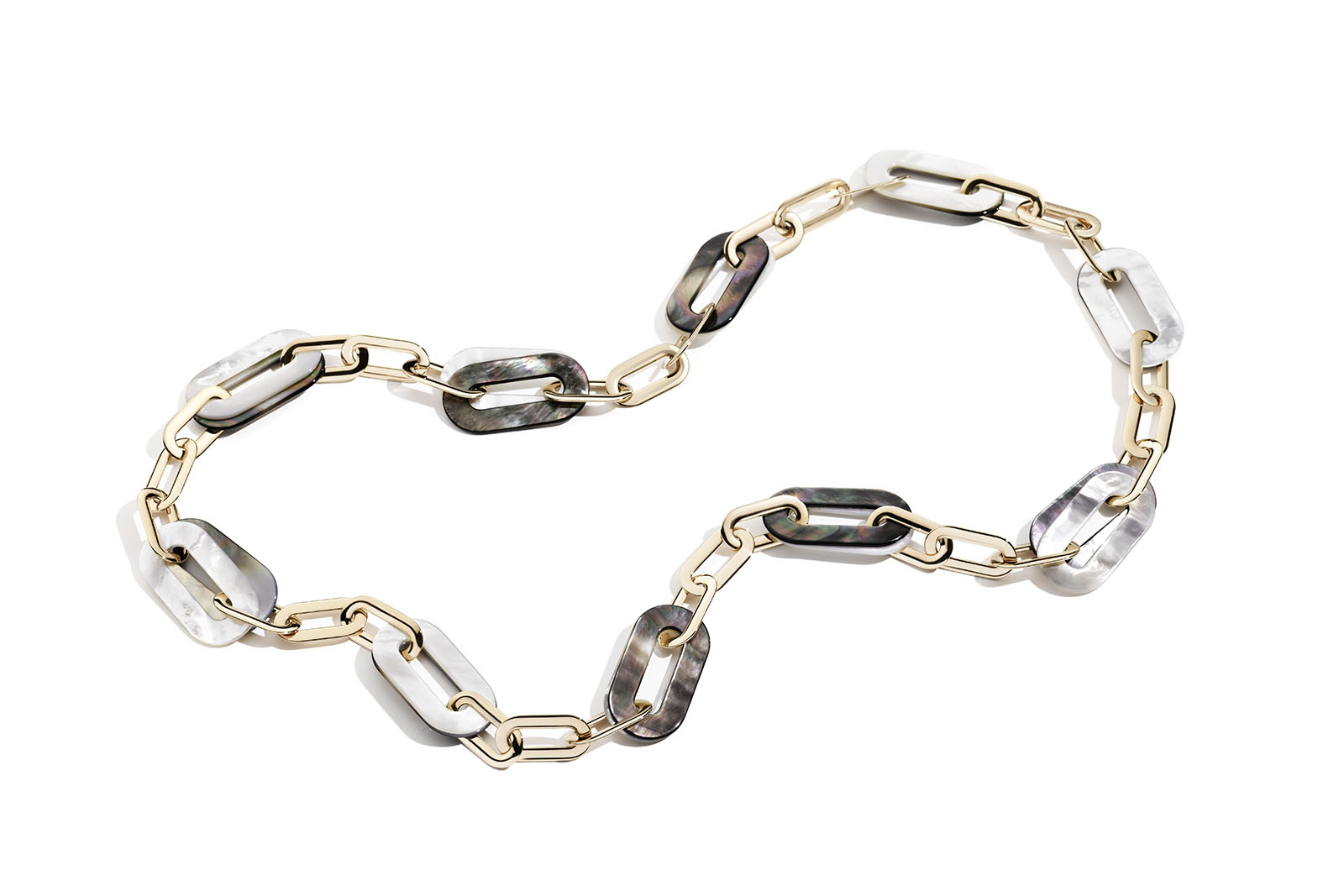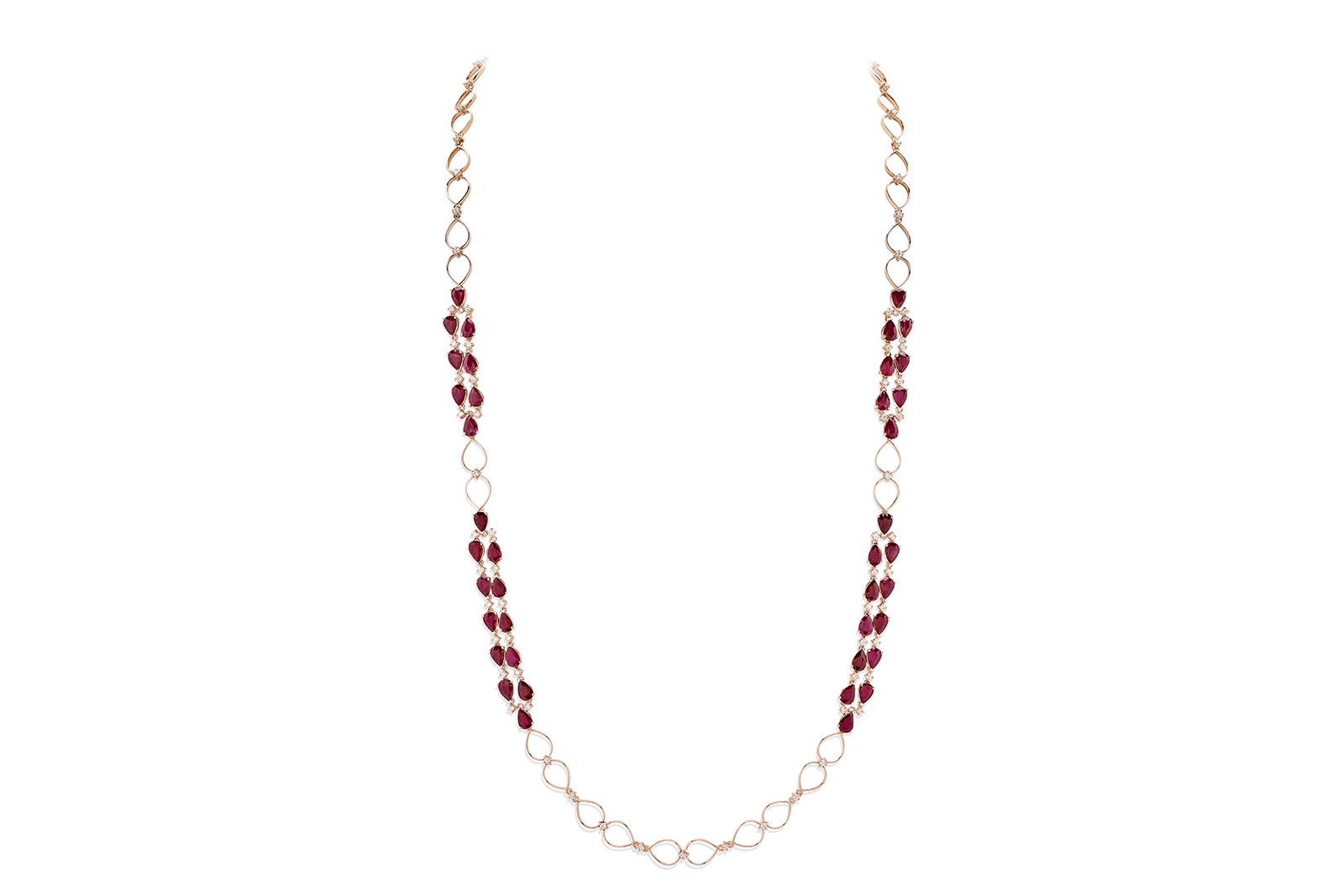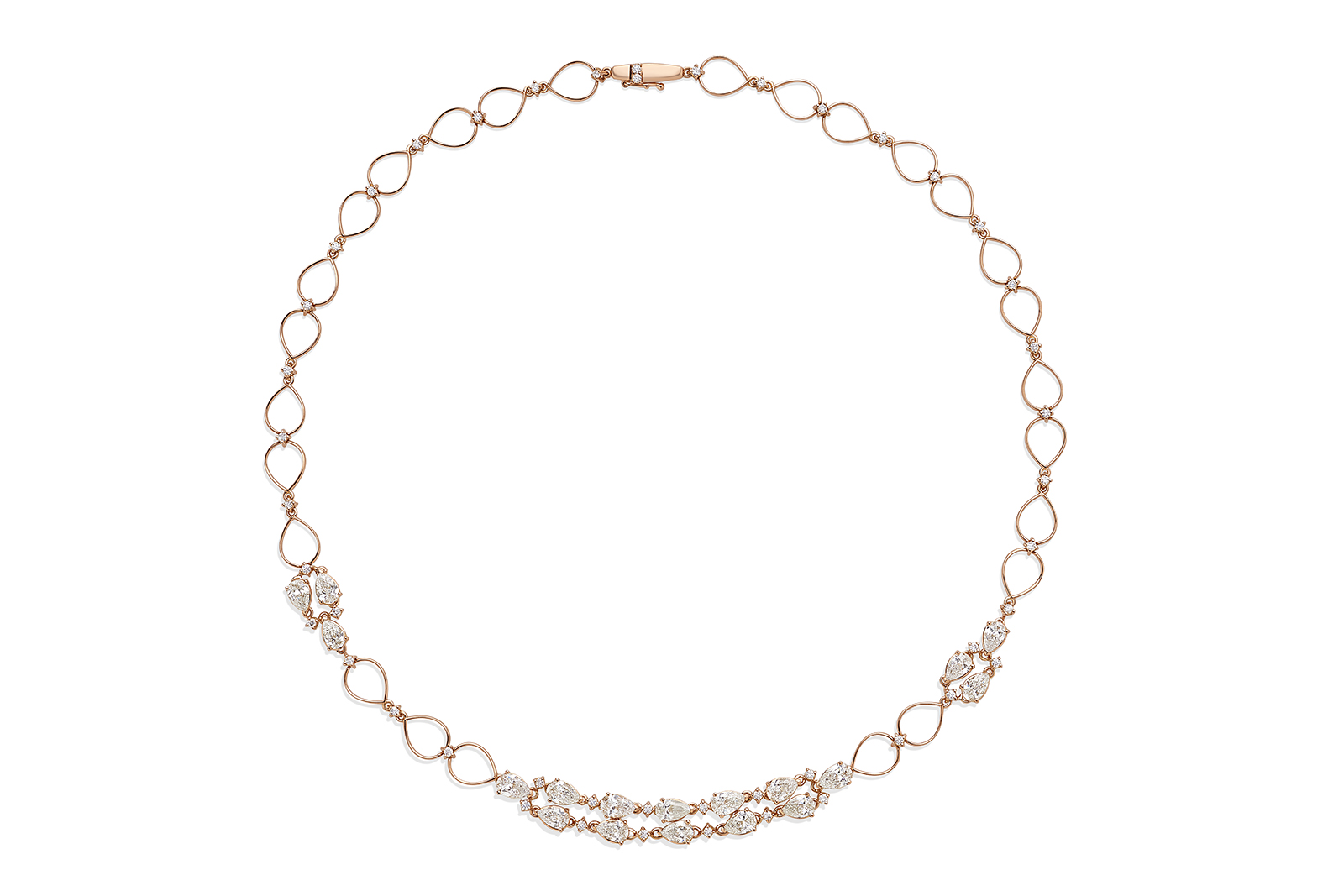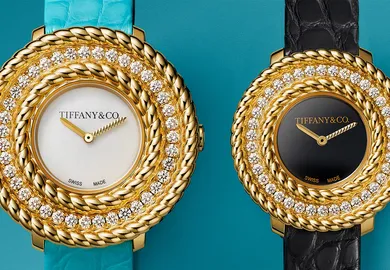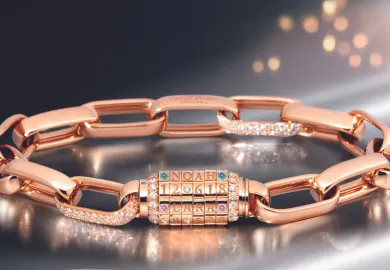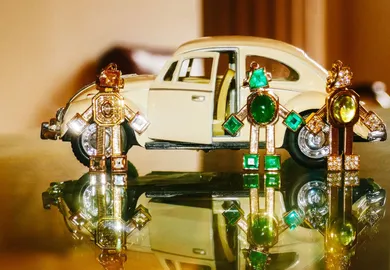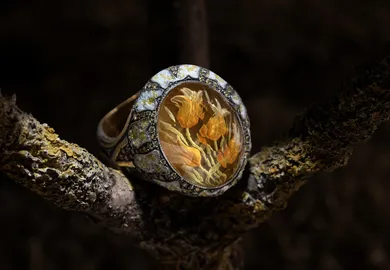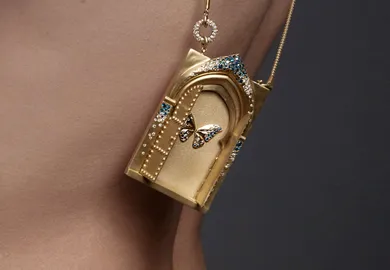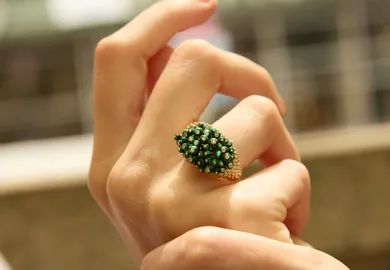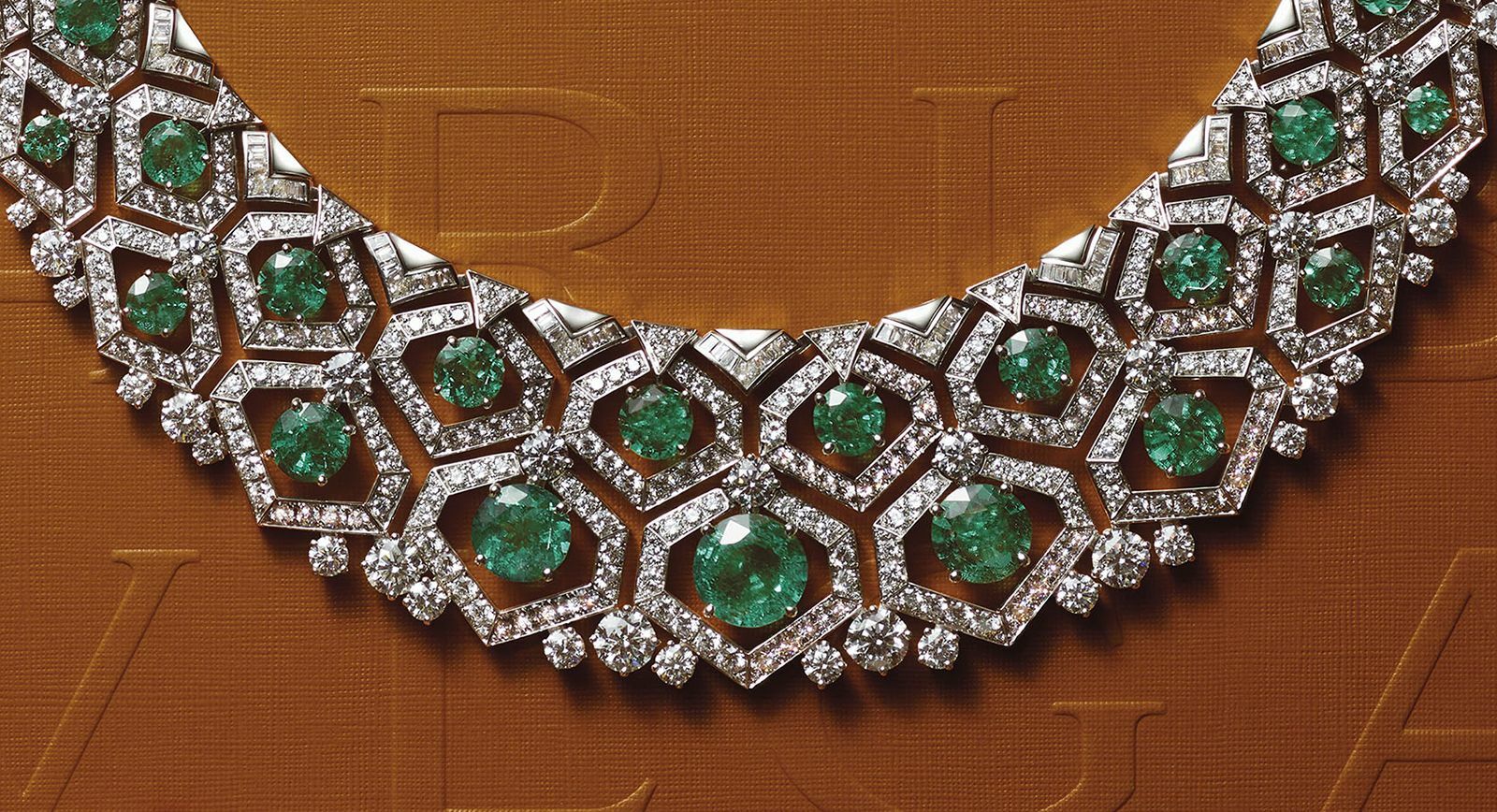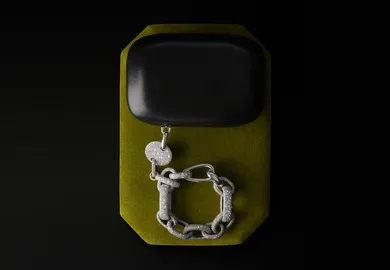

Chunky Chains: Look to Italy for the Latest Jewellery Trend
There is no jewel that screams moneyed sophistication quite so much as a gold chain. First popularised in the 1980s and 90s, the era of Run DMC and glamorous supermodels bedecked in thick ropes of gold, today they are a staple in many a fashionista’s wardrobe. The history of the gold chain stretches all the way back to the Ancient Egyptians, who believed that wearing this precious metal around their neck would ward off evil spirits, while Tudor royals wore elaborate chains to signify their power and status. Today, however, gold chains are always in vogue and this season, the chunkier the better.
To understand the evolution of the gold chain, we must travel to Italy – home to the artisans who have been experts in chain-making since the 19th century. A centre of the metalwork trade for thousands of years, Italy is a world leader of the jewellery craft and Italian artisans have a rich history of goldsmithing. Numerous chain-makers are still located in the Italian hill town of Arezzo, one of the most important manufacturing regions in the world for gold jewellery, and gold chains produced in the country set the benchmark globally for quality and durability.
The classic gourmette, the Cuban, the anchor chain, the cable, the figaro… there are literally hundreds of different styles of chain, all of which look very different depending on the dimensions of the links. On the Milan catwalks for SS20 there were oversized gold link chains at Bottega Veneta, heavily embellished chains at Dolce & Gabbana and, at Gucci, a novel twist on the trend: enormous sunglasses chains. However, if you are looking to invest in a chunky chain with longevity far beyond a single season in fashion, it is to some of Italy’s best-known fine jewellers that you should head.
Founded by Pino Rabolini in the 1960s, the decade in which the trend for wearing gold chains really took off, Pomellato quickly mastered the art of chain-making and began putting its own fashionable spin on this timeless jewel. From precious gem-set Tango designs and 2020 high jewellery Gioia de Pomellato necklaces to the smooth, flattened links of Brera, chains are firmly rooted in Pomellato’s DNA. In its Milanese atelier today, the brand employs 100 artisans whose specialities include crafting chains using time-honoured goldsmithing techniques. These luxurious, supple jewels reimagine the classic gold chain, releasing them from the rigidity of traditional jewellery making and endowing them with a feminine sensuality.
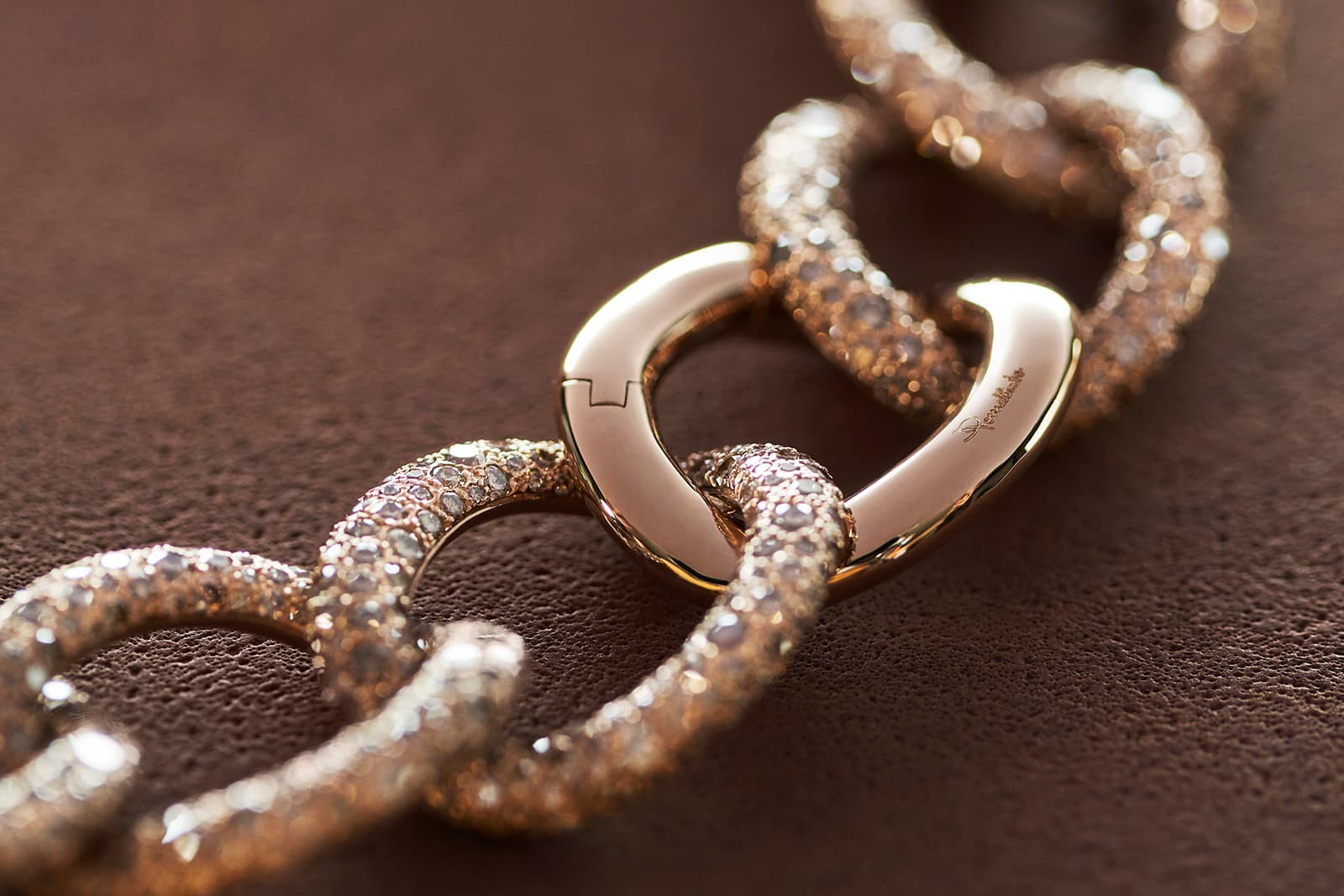
Each Pomellato gold chain is endowed with a feminine sensuality
If we travel back in time even further, to the 1930s, the master goldsmith Mario Buccellati, who founded the Italian jewellery house Buccellati in 1919, had just launched a new necklace that remains a seminal piece of Italian jewellery design almost a century later. Inspired by the flower garlands worn in Hawaii, called Leis, the Hawaii necklace was comprised of a multitude of fine gold hoops, each of which was hand-twisted and intertwined in an abstract composition that was considered hyper-modern at the time and still looks incredibly forward-thinking today. Little has changed between then and now. A new generation of Buccellati goldsmiths continue to craft the Hawaii necklace using exactly the same methods of handcraftsmanship today at the jeweller’s studio on the banks of Lake Como.
Based in Vicenza, bold gold is a theme that Roberto Coin is currently embracing, and it is the Italian jeweller’s Oro Classic chains that are most in tune with the current fashion mood. Classic chain necklaces from Marco Bicego’s Jaipur collection are also newly relevant, with the delicate hand-engraving on the surface of each link bringing a softer, more organic aesthetic to the chunky chain. And Gucci, which is synonymous with the anchor chain, is soon to debut a trio of new bracelets in its Lion Head fine jewellery collection featuring the Italian fashion brand’s iconic big cat set into chunky gold chains.
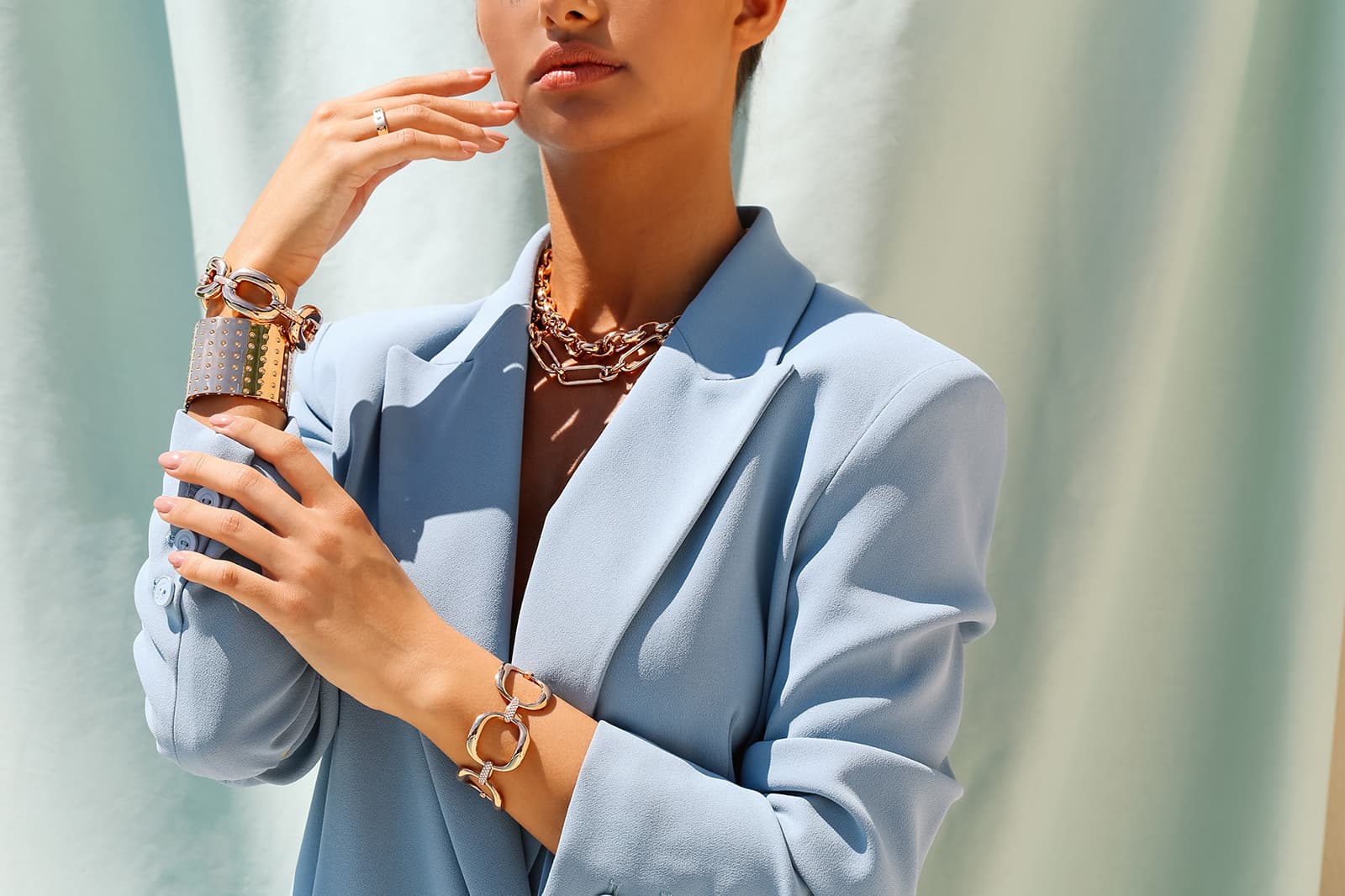
Gold chains are a theme that Roberto Coin is currently embracing with its “Bold Gold” campaign
When Vhernier and Mattioli incorporated gemstones and mother-or-pearl into the links, chains were given a modern twist, offering a splash of colour which is so in vogue right now or a soft contrast between highly polished gold and gemstones. It is the relatively new Italian brand Luvor, however, that has reinvented chains as highly precious jewels. In the Vitoria collection it alternates chains with rows of diamonds and rubies, mirroring the pear shape of the stones in the teardrop silhouette of the gold links.
From classic to cool, everyday wear to the ultimate eveningwear, Italy has got the chunky chain trend covered in every possible way.

WORDS
Claire Roberts has been writing about jewellery and watches for more than 20 years. She is a seasoned journalist who joined the team 5 years ago as a contributing writer and a newsletter editor.
